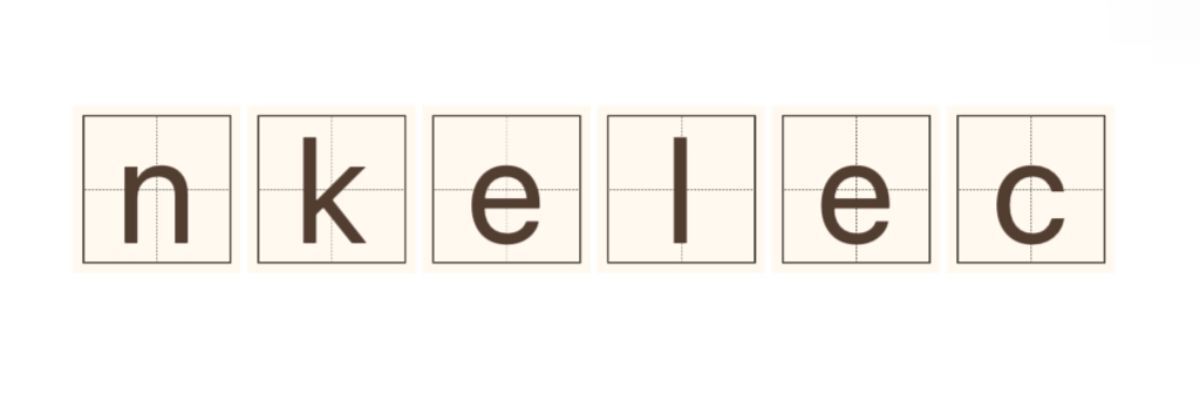AC Induction Motor vs. Other EV Motor Types: Key Differences
Feb. 18, 2025
Electric vehicles (EVs) are revolutionizing the automotive industry, and understanding the different types of motors used within these vehicles is vital for potential buyers. Among the various motor types, AC induction motors hold a prominent position due to their unique benefits and characteristics. This article compares AC induction motors with other common EV motor types, highlighting the essential differences and helping consumers make informed decisions.
Are you interested in learning more about ac induction motor for evs for sale? Contact us today to secure an expert consultation!
What Is an AC Induction Motor?
An AC induction motor is an electric motor that runs on alternating current (AC). It operates by creating a rotating magnetic field in the stator, which induces a current in the rotor, thus producing motion. Characterized by their robust design and reliability, AC induction motors are often used in industrial applications and, increasingly, in electric vehicles.
Key Characteristics of AC Induction Motors
Efficiency and Performance
One of the standout features of AC induction motors is their efficiency. These motors excel at converting electrical energy into mechanical energy, particularly during high-speed operations. When it comes to performance, induction motors boast excellent torque characteristics, often providing high torque even at low speeds. This makes them ideal for the demands of electric vehicles that require strong acceleration.
Robustness and Durability
AC induction motors are built to last. Their simple construction means fewer components that could break down over time. This means less maintenance compared to other motor types, which can be a significant advantage for consumers looking for longevity and reliability in their electric vehicles.
Comparing AC Induction Motors with Other EV Motor Types
Permanent Magnet Synchronous Motors (PMSMs)
Permanent Magnet Synchronous Motors use permanent magnets to create the rotor's magnetic field. While PMSMs tend to be more efficient at lower speeds and can deliver more torque than AC induction motors in some applications, they come with the added costs associated with rare earth materials.
Key Differences:
- Cost: PMSMs are typically more expensive due to the need for rare earth magnets.
- Performance: PMSMs can outperform induction motors in specific scenarios, particularly in energy efficiency at lower speeds.
Brushless DC Motors (BLDC)
Brushless DC motors are another popular choice in electric vehicles. They operate on direct current (DC) and use an electronic controller to switch the current in the motor windings, which eliminates the need for brushes.
Related links:What Are the Benefits of Cost-effective Low Voltage Lithium Battery Services?
Single Phase Hybrid Inverter Solution: Maximize Your Energy Savings
Is Solar Power the Future of Flashlights?
Unlocking Power: Overcoming Common Challenges with NiMH Battery AA 1500mAh 7.2V
Maximize Your Savings: Grid-Tied Hybrid Inverter Insights
Maximize Your Lithium-Ion Truck Battery Life: Essential Tips
Key Differences:
- Control: BLDC motors require complex control strategies and electronics, which can increase the overall system cost.
- Heat Management: These motors can run hotter than AC induction motors, making heat management more critical.
Switched Reluctance Motors (SRMs)
Switched reluctance motors are less common in EV applications but are worth mentioning. They work by using the magnetic reluctance principle to produce rotation. Although they can withstand harsh environments, they do have limitations in terms of efficiency and noise.
Key Differences:
- Complexity: SRMs are less complex than PMSMs but can be noisy, which may affect the driving experience.
- Performance: They generally don’t match the torque characteristics of AC induction motors, especially at low speeds.
Conclusion: Which Motor Is Right for You?
Choosing the right motor for an electric vehicle largely depends on individual needs and preferences. AC induction motors offer a great balance of performance, durability, and cost-effectiveness, making them a popular option among EV manufacturers. However, if you're looking for the highest efficiency at low speeds, a PMSM might be more suitable.
Ultimately, understanding the differences between AC induction motors and other motor types can empower consumers to make more educated choices regarding their electric vehicle investments. As the electric vehicle market continues to evolve, staying informed about these technologies will only become increasingly valuable.
By considering factors such as cost, performance, and maintenance, potential buyers can select the optimal motor type that aligns with their driving needs.
For more information, please visit sinopoly battery.
40
0
0

Comments
All Comments (0)